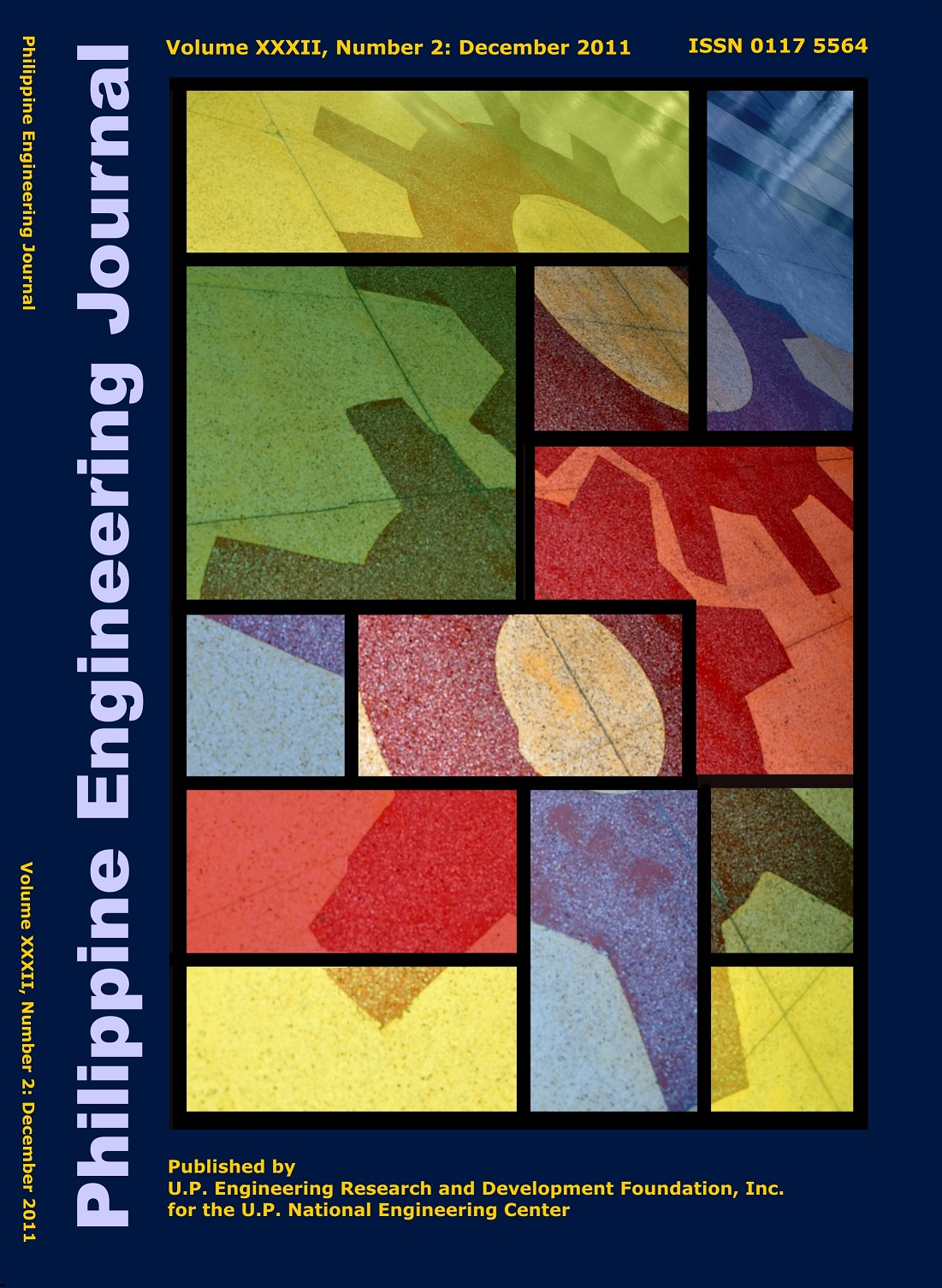Enzymatic Hydrolysis of Starch from Duckweeds (Lemna SPP)
Abstract
Duckweeds are another alternative starch feedstock in ethanol production. Enzymatic hydrolysis is one of the key steps to convert the feedstock into fermentable sugar. In this study, the effect of varying glucoamylase concentration on the hydrolysis of duckweed starch was studied. The maximum value of the reducing sugar concentration was found to be 548mg/ml at around 15 hours for the enzyme concentration of 5 ml a-amylase and 3 ml glucoamylase. The results of the experiment show that there is an opportunity in the exploration of the use of duckweed as substrate for starch hydrolysis. However, the results of the study on the effect of the variation of glucoamylase concentrations on the production of reducing sugar is inconclusive.
Keywords: Enzymatic hydrolysis, Bioethanol; Duckweeds(Lemna spp.); Biomass; a-amylase; Glucoamylase; Aquatic plant


